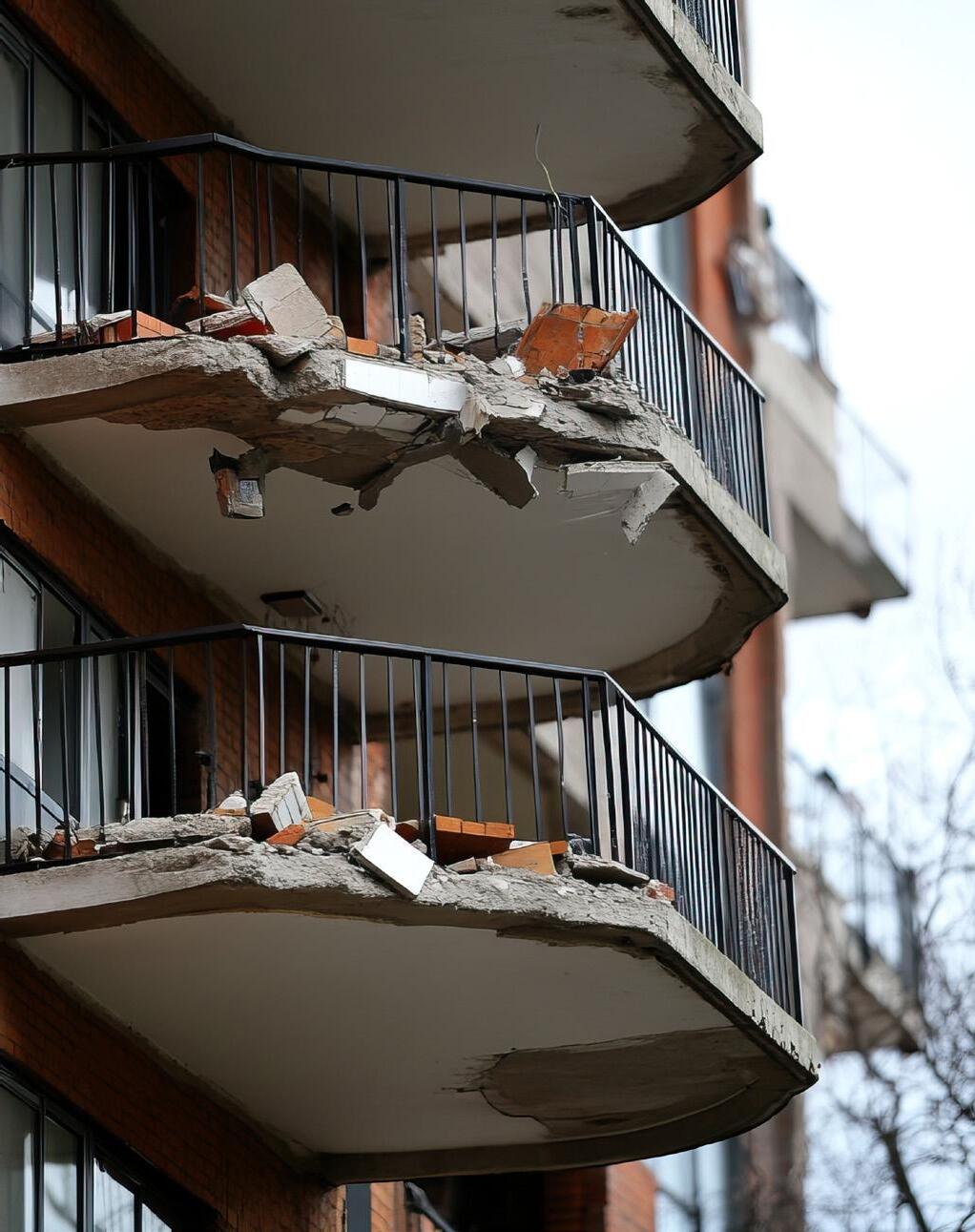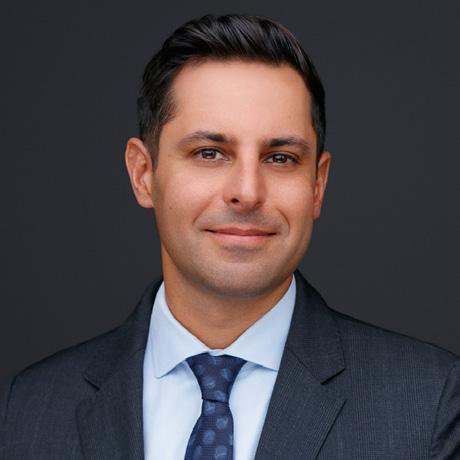
5 minute read
TRAGEDY AS A TURNING POINT
How Recent Tragedies are Reshaping the Standard of Care for California Community Associations and Impacting the Future
By Pejman Kharrazian, Esq.
This article explores three significant and unfortunate events that are having a lasting impact on California community associations — (1) The 2015 Berkeley, California balcony collapse; (2) the 2021 condominium building collapse in Surfside, Florida and (3) the skyrocketing cost of property insurance in large part due to recent California wildfires. This article also discusses ways to proactively plan for the outcomes stemming from these events. It is crucial for board members and community managers to understand how these developments impact their communities.
The Berkeley Balcony Collapse and the “Balcony Bill”: A New Era of Exterior Elevated Element Inspections
In 2015, six young people tragically lost their lives when a balcony collapsed in Berkeley, California. The aftermath revealed severe dry rot that had compromised the balcony’s structural integrity. The Berkley balcony incident led directly to the California legislature enacting the “Balcony Bill” 1 that mandates regular inspections of wooden Exterior Elevated Elements (EEEs) in multifamily buildings with three or more units. The Balcony Bill was codified as Civil Code § 5551. 2
As a result, community associations in California are now required to conduct visual inspections of EEEs — including balconies, decks, stairways and walkways — at least every nine years by a licensed structural engineer or architect. The first deadline for compliance was January 1, 2025, and many associations are still scrambling to meet the legal requirements and determine how to fund necessary repairs identified during inspections.
The Balcony Bill mandates proactive compliance. Failure to inspect and maintain EEE’s could expose an association to significant liability, including personal injury claims and fines. Boards should consult with professionals, such as legal counsel and reserve analysts, to review the association’s governing documents and reserve studies to ensure that adequate funding is available for inspections and repairs.
The Surfside Condominium Collapse: A Wake-Up Call on Reserve Funding and Deferred Maintenance
In June 2021, the Champlain Towers South condominium in Surfside, Florida partially collapsed, killing 98 people and drawing national attention to the importance of building maintenance, reserve funding and structural oversight. The lessons from Surfside resonate throughout the country, including here in California.
Following the tragedy, many states began reevaluating how community associations manage reserve funds and capital repair planning. There is growing momentum toward stricter enforcement of reserve study requirements, and it would not be surprising if the California legislature introduced minimum reserve fund requirements in the future. Boards, working with consultants, must now take a harder look at deferred maintenance and determine whether they are meeting their fiduciary duties to maintain the common areas in a safe and habitable condition.
Lenders and insurers are also becoming more cautious about deferred maintenance. Fannie Mae and Freddie Mac have issued updated lender guidance requiring more information on building conditions and deferred maintenance. For community associations, this translates into increased scrutiny during real estate transactions and the potential for financing delays if documentation is not up to date.
Wildfires and the Soaring Cost of Property Insurance
Wildfires have become a constant threat in many parts of California, and the insurance market has responded accordingly. Community associations across the state — particularly those located in or near designated fire risk zones — are experiencing dramatic increases in property insurance premiums. Some associations cannot obtain insurance coverage at all.
In some cases, insurance premiums have doubled or tripled. In other cases, insurance carriers have completely withdrawn from the market, forcing communities to seek coverage through the excess and surplus lines market, which often offers reduced coverage at a higher cost.
Rising insurance costs put enormous strain on association budgets and raise important questions about adequate reserve funding, regular assessment increases and special assessments. Boards must navigate insurance issues carefully, ensuring transparent communication with members and obtain expert advice on risk management.
Some associations are exploring self-insurance, risk pooling or higher deductibles to manage costs. Insurance, reserve and legal professionals should be involved in evaluating options to ensure compliance with governing documents and statutory requirements. In some cases, a community association’s governing documents may need to be amended to accommodate necessary changes to insurance coverage.
Moreover, the sheer volume of wildfires, including the massive fallout from the 2025 Los Angeles wildfires suggests that building material costs will also rise as communities strive to rebuild.
Conclusion: A Call for Proactive Governance and Consulting with Professionals
These three major events — a balcony failure, a condominium collapse, and persistent wildfire risk — underscore a shared lesson: reactive governance not sufficient. California community associations must adopt a proactive and informed approach to building safety, financial planning, and risk management.
What are some specific steps you can take now?
• Schedule required Exterior Elevated Elements (EEE) inspections in compliance with Civil Code § 5551;
• Consult with your reserve analyst and spend more time and effort to help prepare a more detailed and accurate reserve study and reserve funding plan;
• Engage insurance professionals early in the budgeting process and schedule an annual meeting to review insurance coverage with your insurance agent or broker;
• Communicate openly with members about risks, funding needs and legal obligations;
• Consider levying regular, special, or emergency assessments where necessary to defray costs and plan for the future financial needs of your association; and
• Update maintenance policies to reflect current best practices.
In this evolving landscape, community association boards that proactively prioritize diligence and professional guidance will be better positioned to protect their communities and fulfill their fiduciary duties.

Pejman Kharrazian, Esq., is an attorney at Epsten, APC, with nearly 20 years of experience representing community associations throughout California as both a litigator and corporate counsel.






